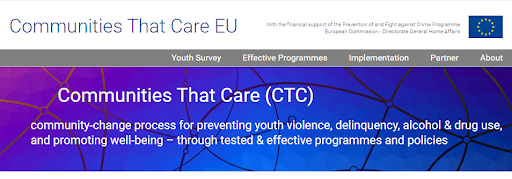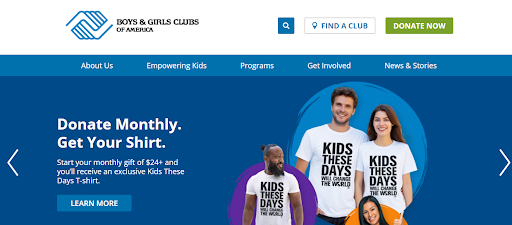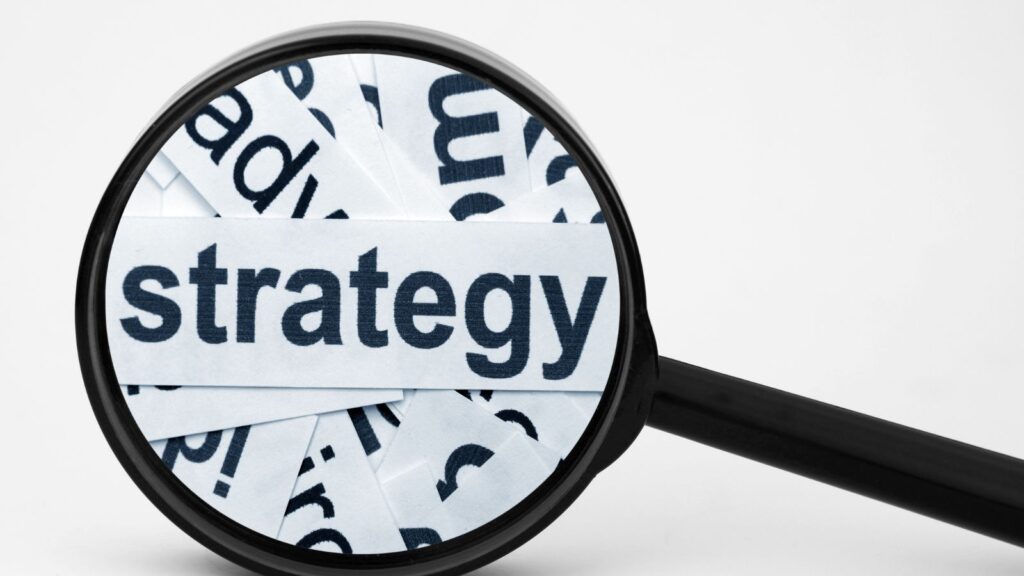Addiction affects anyone — regardless of age or background. Young people are particularly at risk due to various factors like peer pressure, curiosity, and stress.
But there’s hope. By equipping young individuals with the right knowledge, we can help them to make healthy choices and resist the allure of addiction.
So, in this blog, we’ll talk about evidence-based prevention strategies that focus on education, skill-building, and creating supportive environments.
Evidence-Based Prevention Strategies
Here are some evidence-based prevention strategies.
Education and Awareness Programs
Education and awareness programs are foundational in preventing addiction among youth.
By equipping young people with accurate information about the risks and consequences of substance abuse, we help them to make informed decisions. These programs can take various forms – both in schools and within the community.
School-based Programs
Schools are ideal settings for delivering drug education programs. These programs can be integrated into existing health or science curricula, or offered as standalone workshops or assemblies. They should cover a range of topics — including the different types of drugs, their short-term and long-term effects, and the social and legal consequences of drug use.
Beyond simply listing facts, these programs should also focus on developing critical thinking skills. Vladimira Ivanova, Psychologist at The Diamond Rehab Thailand, advised, “Teach young people how to analyze information, question media messages about drugs, and resist peer pressure. Interactive activities, such as role-playing scenarios, can help students practice these skills in a safe and supportive environment.”
A prime example of a successful school-based prevention program is the LifeSkills Training (LST) program. Implemented in numerous schools across the United States, LST equips with the social and personal skills necessary to resist substance use.
It focuses on teaching students how to cope with anxiety, communicate effectively, build healthy relationships, and make responsible decisions.
Community-Based Programs
Community-based programs can reach a wider audience — including parents, caregivers, and youth who may not be enrolled in traditional school settings. These programs can take the form of workshops, seminars, support groups, or public awareness campaigns.
Skill-Building Programs
Helping young people with essential life skills is best for addiction prevention. These skills go beyond academic knowledge and focus on personal development, emotional regulation, and social competence. When young people possess these skills, they are better equipped to navigate life’s challenges and resist the temptation of substance abuse.
Life Skills Training
Life skills training programs aim to enhance self-esteem, communication skills, decision-making abilities, and stress management techniques. These programs teach young people how to identify and express their emotions in healthy ways, how to communicate assertively and resolve conflicts peacefully, and how to make responsible decisions that align with their values.
Ksenia, Founder of Burburcare, adds, “Stress management is a critical component of life skills training. Stress is a common trigger for substance abuse, so teaching young people healthy ways to cope with stress, such as exercise, mindfulness, or talking to a trusted friend, can reduce their risk of turning to drugs or alcohol.”
Refusal Skills Training
Peer pressure is best — especially during adolescence. Refusal skills training equips young people with the tools to say “no” to substances when offered by friends or acquaintances. These programs teach assertive communication techniques, such as using clear and direct language, offering alternative activities, and walking away from situations that feel uncomfortable.
Creating Supportive Environments
A supportive environment is crucial for nurturing healthy choices and resilience in young people. This involves building positive relationships, providing opportunities for growth and development, and creating belonging within the community.
Positive Family Relationships and Communication
Families play a pivotal role in shaping a young person’s values, beliefs, and behaviors. Open and honest communication about substance abuse is essential. Parents and caregivers should create a safe space for their children to ask questions, express their concerns, and seek guidance.
Warren Phillips, Co-Founder of Lantana Recovery, adds, “Strong family bonds, characterized by love, support, and clear expectations, can act as a protective factor against addiction. When young people feel loved and supported, they are less likely to seek solace in substances.:
Mentoring Programs and Positive Role Models
Mentoring programs can provide young people with positive role models who can guide them through life’s challenges and offer support and encouragement. Mentors can help young people develop self-esteem, build confidence, and make healthy choices.
Positive role models can be found in various settings, such as schools, community organizations, or even within the family. The key is to connect young people with individuals who embody the values and behaviors they aspire to emulate.
Access to Extracurricular Activities and Healthy Outlets
Providing young people with access to extracurricular activities and healthy outlets is crucial for preventing boredom, stress, and negative emotions that can lead to substance abuse.
Per Markus Åkerlund, CEO of MEONUTRITION, says, “Sports, music, art, volunteering, and other hobbies can provide a purpose, belonging, and accomplishment — all of which are important for building resilience and self-esteem.”
Early Intervention Programs
Early intervention is a critical component of addiction prevention. By identifying young people who are at risk of developing substance use disorders and providing them with timely support, we can prevent the progression to addiction and its devastating consequences.
Screening and Assessment Tools
Screening tools are designed to identify adolescents who may be experimenting with substances or exhibiting early signs of problematic use. These tools typically involve questionnaires or interviews that assess various risk factors, such as family history of addiction, mental health issues, academic problems, and social isolation.
When a young person is identified as being at risk, a more thorough assessment is conducted to determine the extent of their substance use and the presence of any underlying mental health conditions. This assessment helps to tailor interventions to the individual’s specific needs.
Brief Interventions and Counseling
Brief interventions are short-term, focused interventions designed to motivate individuals to change their behavior. These interventions can be delivered by healthcare providers, school counselors, or other trained professionals.
They typically involve education about the risks of substance use, goal-setting, and motivational interviewing techniques to encourage the individual to consider making positive changes.

Pareen Sehat MC, RCC – Clinical Director at Well Beings Counselling shares, “For young people who are already engaging in substance use, counseling can provide a safe and supportive space to explore the underlying causes of their behavior, develop coping skills, and make healthier choices.”
Here, a good example is Communities That Care (CTC). They’re a community-based prevention model that focuses on reducing risk factors and enhancing protective factors for youth.
CTC involves mobilizing community members to identify local needs and resources, implement evidence-based prevention programs, and evaluate their impact. By addressing the social and environmental factors that contribute to substance abuse, CTC creates a healthier and more supportive community for young people.
Positive Youth Development Programs
Positive youth development (PYD) programs take a different approach to prevention — focusing on building strengths and assets rather than solely addressing risk factors. These programs help young people to develop positive self-identity, build strong relationships, and contribute to their communities.
PYD programs offer a variety of activities and opportunities that promote personal growth, social connection, and skill development. These may include mentorship programs, leadership training, service-learning projects, arts programs, and sports leagues.
The Boys & Girls Clubs of America is a prime example of a PYD program. With a mission to enable all young people, especially those who need us most, to reach their full potential as productive, caring, responsible citizens, the organization provides a safe and supportive environment for youth to learn, grow, and thrive.
Through various programs and activities, Boys & Girls Clubs build positive relationships, create character, and develop leadership skills — all of which are essential for preventing addiction and promoting healthy development.
How to Help Youth to Make Healthy Choices
Supporting young people in making healthy choices is about creating an environment where they feel confident and understand the positive impact their decisions have. Here’s how to guide them.
Give Them Fun and Healthy Options
Young people often turn to substances because they’re bored or stressed. Let’s give them other things to do that are just as fun and exciting! William Green, Founder of Botonics, says, “Encourage young people to join sports teams, clubs, art classes, or volunteer groups. These activities not only keep them busy but also help them make friends, learn new skills, and feel good about themselves.”
Plus, let’s help them discover their passions! We can organize workshops, classes, or trips to introduce them to new things and maybe even uncover hidden talents. When healthy activities are fun and interesting, they become a much better choice than using drugs or alcohol.
Talk Openly About Addiction
Talking about tough topics like addiction is super important. Let’s create a safe space where young people can ask questions, share their worries, and talk about their experiences without feeling judged. We can have honest conversations about the dangers of drugs and alcohol and the benefits of choosing a healthy path.
Let’s really listen to what they have to say and show them that we understand how they feel. Also, should be there to support them and answer any questions they have. By talking openly and honestly, we can build trust and help young people make smart decisions.
Help Them Build Strength and Resilience
Resilience is the ability to bounce back from tough times. Let’s teach young people how to cope with stress in healthy ways, like exercising, meditating, taking deep breaths, or talking to someone they trust. Also, help them learn how to solve problems so they don’t turn to substances when things get hard, says Martin Seeley, Senior Sleep Expert of Mattress Company.
Let’s encourage them to set goals, follow their dreams, and celebrate their wins. When young people feel strong and capable, they’re more likely to make choices that are good for them.
Create a Supportive Community
Everyone needs a place where they feel like they belong. When young people feel connected to their community, they’re less likely to make risky choices. We can encourage them to join community events, volunteer, or join groups that share their interests.

Schools can also create a welcoming space where everyone feels valued and respected. Teachers and staff can be positive role models, build relationships with students, and promote kindness and respect. This helps create a strong community that supports healthy choices.
Encourage Them to Be Leaders
Young people have a lot to say, and their voices leave a big impact. Let’s encourage them to speak up about the dangers of addiction and promote healthy living. We can support their ideas for peer mentoring programs, awareness campaigns, or community events, says Gerrid Smith, CMO of Joy Organics.
Conclusion
Preventing addiction in young people is an ongoing effort that requires a multifaceted approach. By focusing on education, skill-building, and creating supportive environments, we can help young people to make healthy choices and resist the allure of substance abuse.
But remember that prevention is not a one-size-fits-all approach. Different strategies work for different individuals, so provide a variety of options and tailor them to the specific needs of each young person.
And with the help of parents, educators, community members, and healthcare providers, we can create a brighter future for our youth — free from the negative impact of addiction.
